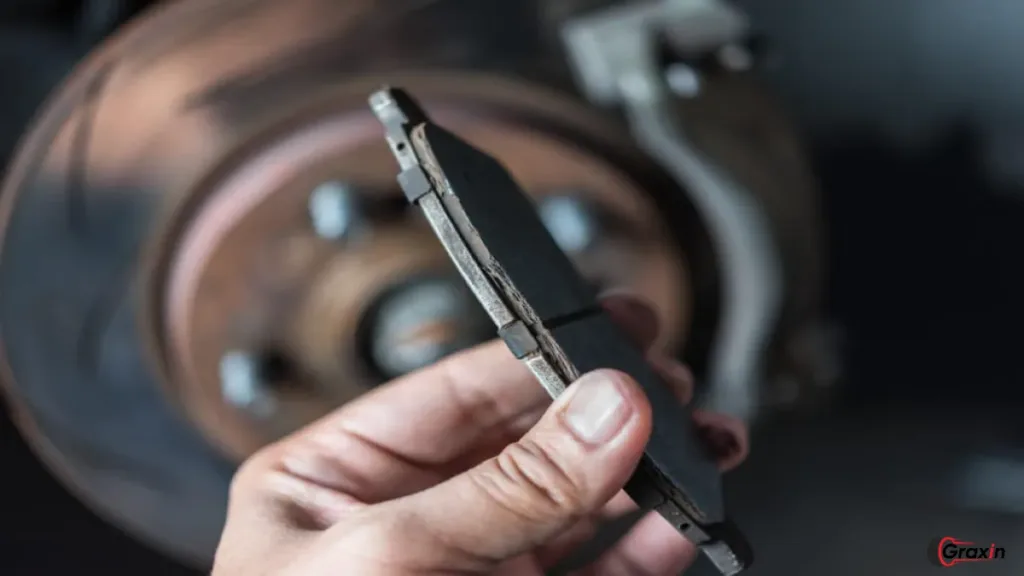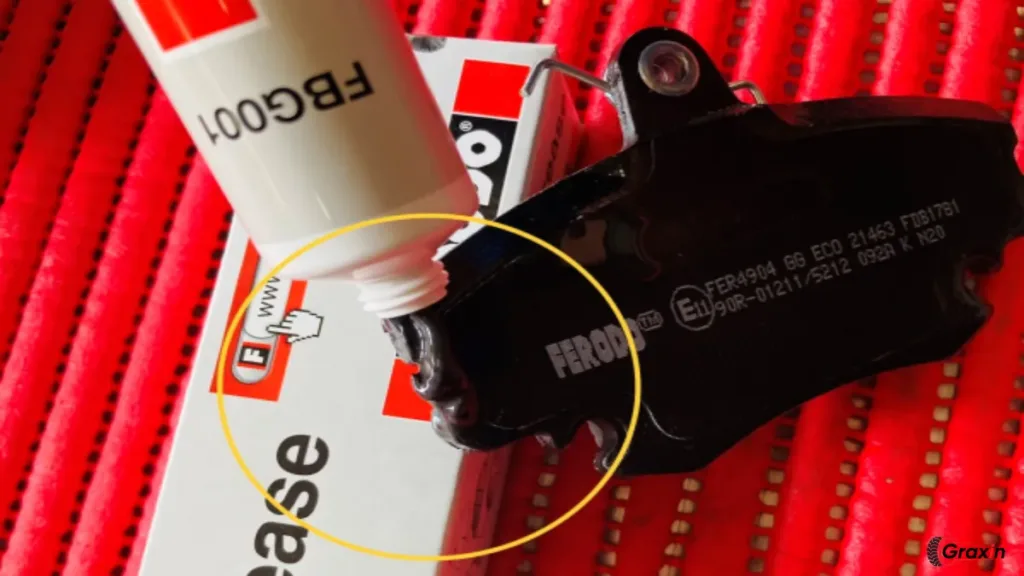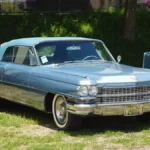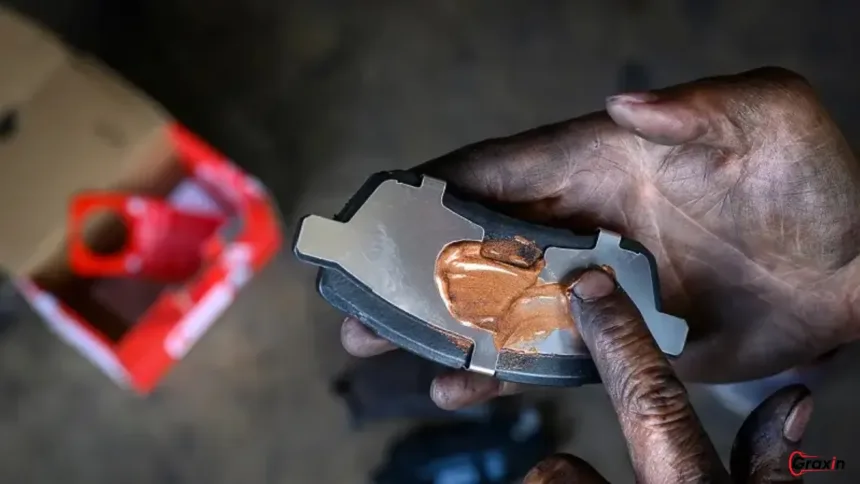When it comes to the brake-lubricant, maintaining your vehicle at its optimum will never close the deal. You’ve probably experienced the earsplitting screech of brakes or even worse, a shuddering stop if you know what I’m talking about. This overview guide will take you through the nitty-gritty of brake lubricant: what it is, why it matters, and how to do it like an expert.
What is Brake Lubricant?
Brake lubricant is a specially developed material to reduce the rubbing and wear of brake components. It is applied to brake pads, calipers, and any friction moving parts of the braking system. It’s like your unsung hero in the vehicle. Without brake lubricant, it’s probably a world full of squeaks and rattles, even further with serious safety issues.
Types of Brake Lubricant
There are various types of brake lubricants, each designed for specific applications. Here’s a breakdown of the most common types:
- Silicone-Based Lubricants:
- Pros: Great for high-temperature applications, waterproof, and doesn’t attract dirt.
- Cons: Not suitable for all brake systems; some manufacturers recommend against silicone-based products due to compatibility issues.
- Graphite-Based Lubricants:
- Pros: Excellent at high temperatures and can withstand significant pressure.
- Cons: Can create a mess and is not as clean to work with.
- Ceramic-Based Lubricants:
- Pros: These are becoming increasingly popular due to their ability to reduce noise and vibration while also resisting heat.
- Cons: Slightly more expensive than traditional options but well worth it for performance.
- Copper-Based Lubricants:
- Pros: Good for high-temperature environments; helps prevent corrosion.
- Cons: Not always recommended for modern vehicles as it can cause damage to some components.
Understanding the type of brake lubricant you need depends largely on your vehicle’s specifications and driving conditions. Always consult your owner’s manual for guidance.
Why is Brake Lubricant Important?

Now, you might be wondering, “Why do I even need brake lubricant?” Well, think about it: your brakes are crucial for stopping safely, and they’re exposed to a lot of wear and tear. Here’s why brake lubricant is vital for your vehicle:
1. Reduces Friction
The major reason brake lubricant exists is to diminish friction between the moving parts. When brakes move without lubrication and rub against each other, they wear down so much faster. This friction might also cause overheating, which is never a good thing for any system mechanically.
2. Prevents Corrosion
Brake parts tend to absorb water and road salts, which usually leads to the rusting and corroding process. A good brake lubricant will provide a hidden shielding between the liquid water and the metal surfaces as protected by your brake parts from corroding hence prolonging its life.
3. Minimizes Noise
Nothing is as annoying as the squeeking of brakes! Lube in the brake can significantly reduce noise, and you may have a quieter ride. Forget that ear-piercing screeching every time you stop because with the smooth ride, all’s fine.
4. Enhances Performance
With less friction and wear, your braking system can perform better. You’ll experience improved responsiveness and more reliable stopping power. Think of it as giving your brakes a much-needed spa day.
5. Increases Safety
Last but certainly not least, brake lubricant contributes to your overall safety on the road. Well-lubricated brakes are less likely to fail, giving you peace of mind while driving.
How to Apply Brake Lubricant
Applying brake lubricant might sound daunting, but it’s a straightforward process if you follow the right steps. Here’s a step-by-step guide to help you out:
Tools You’ll Need
- Brake cleaner
- Brake lubricant
- A clean cloth or rag
- Gloves
- A jack and jack stands (if working under the vehicle)
- A torque wrench
Step-by-Step Application
- Prepare Your Vehicle: Start by parking your vehicle on a flat surface, engaging the parking brake, and removing the wheel. Make sure to use jack stands for safety if you’re raising the car.
- Clean the Brakes: Use brake cleaner to remove any dust, dirt, or old lubricant from the brake components. This step is crucial; you want a clean surface for the new lubricant to adhere to.
- Apply Brake Lubricant:
- Apply a thin layer of brake lubricant on the back of the brake pads (the side that faces the caliper).
- You can also apply it to the caliper pins and where the brake pads make contact with the caliper.
- Avoid Overapplication: It’s important not to use too much lubricant. A little goes a long way, and excess lubricant can actually attract dirt and debris.
- Reassemble and Test: Once you’ve applied the lubricant, reassemble the brake components, ensuring everything is tightened to the manufacturer’s specifications.
- Test Drive: Before hitting the open road, take your vehicle for a short test drive. Listen for any unusual sounds and pay attention to how your brakes feel. They should be smooth and quiet.
Common Mistakes to Avoid

While applying brake lubricant might seem simple, there are common pitfalls that can lead to problems down the road. Here are a few mistakes to watch out for:
- Using the Wrong Type of Lubricant: Always check your vehicle’s specifications. Using the wrong type can lead to brake failure or damage.
- Skipping Cleaning: Neglecting to clean the brake components before application can result in trapped dirt and debris, which can wear down the parts faster.
- Overapplying: As mentioned earlier, more isn’t always better. A thin layer is usually sufficient.
When to Use Brake Lubricant
Not sure when to break out the brake lubricant? Here are some situations that call for its application:
- During Brake Pad Replacement: Anytime you replace brake pads, it’s a good idea to apply lubricant to ensure smooth operation.
- At Regular Maintenance Intervals: If you’re doing a brake inspection or routine maintenance, check the lubricant levels and reapply if necessary.
- If You Hear Squeaking or Grinding: These sounds are often indicators that your brakes are not operating smoothly, which means it’s time to check and apply lubricant.
FAQs
1. Can I use regular grease instead of brake lubricant?
No, regular grease is not suitable for brake systems. It can attract dirt and debris, leading to performance issues. Always use a lubricant specifically designed for brakes.
2. How often should I apply brake lubricant?
It’s best to apply brake lubricant whenever you replace brake pads, or during regular vehicle maintenance checks—generally every 20,000 to 30,000 miles.
3. Is it safe to apply brake lubricant myself?
Yes, if you feel comfortable working on your vehicle, you can apply brake lubricant yourself. Just make sure to follow proper safety precautions and instructions.
4. What happens if I don’t use brake lubricant?
If you skip using brake lubricant, you may experience increased wear, noise, and a greater chance of brake failure, compromising your safety.
5. Can brake lubricant prevent brake squealing?
Absolutely! Applying the right brake lubricant can significantly reduce squealing noises, leading to a quieter ride.
Also Read: The Ultimate Guide to Car Armrest







